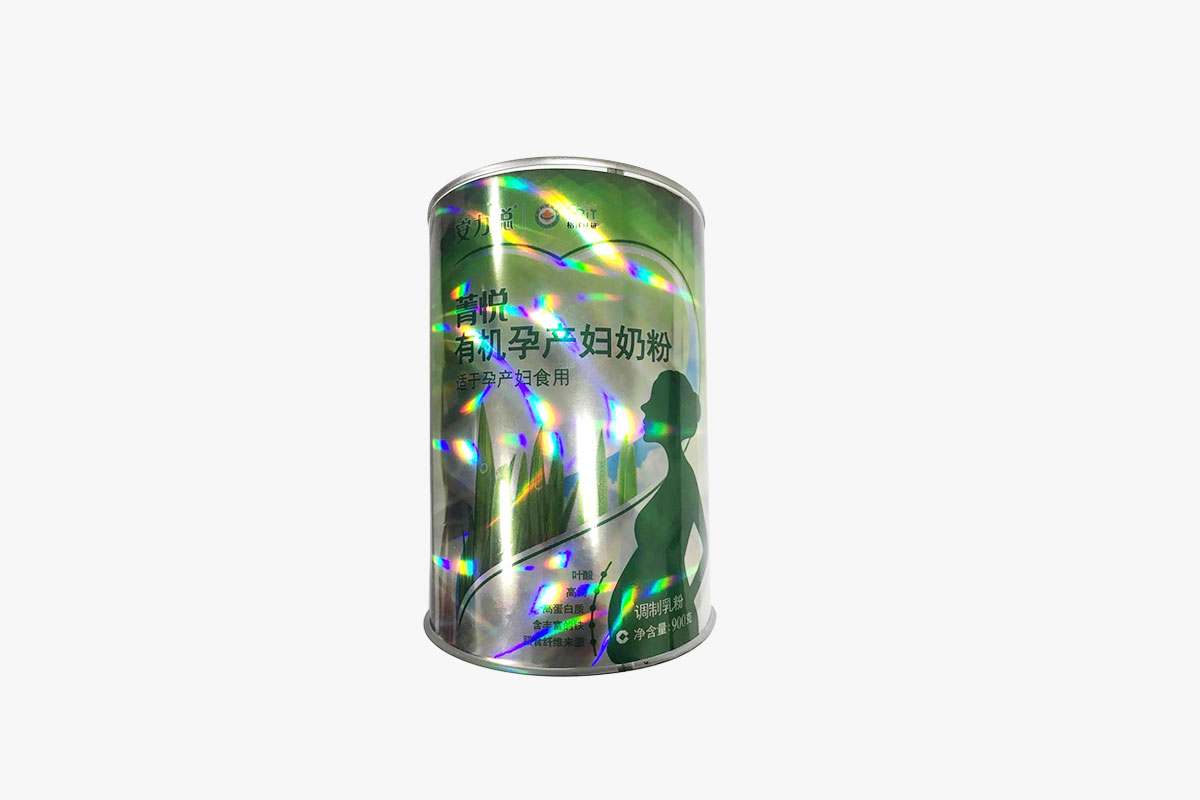

Metal Food Cans remain a popular food packaging choice, […]
Metal Food Cans remain a popular food packaging choice, despite challenges and growth opportunities. Despite its longevity and low cost, the can has not undergone much innovation since its introduction. In recent years, newer forms of packaging have been introduced to the market, including pouches and thin wall plastic containers. Here is a closer look at this packaging category. This article will discuss key trends and factors that are likely to affect the market.
A high percentage of the food industry uses metal food cans to package their products. Meat and seafood are great sources of nutrients and vitamins, but meat packaging is critical for keeping the quality and freshness of the product. Fast-paced lifestyles and increased availability of prepared meat have fueled the demand for packaged meat. Because of the inherent durability of the material, metal cans are an excellent choice for meat packaging. Other popular food markets include baby food, bakery and confectionery products, dairy foods, and pet foods.
Meat and seafood are high-nutritional products, but their packaging is essential for maintaining their freshness and nutrition. Metal packaging helps preserve the nutritional value of these products and encourages pet owners to buy these products. While they're often more expensive than other types of packaging, they're still the best option for many consumers. They're also more environmentally friendly, which means less energy and landfill space. This is great news for the environment!
Steel food cans are another popular type of food packaging. They're made of metal and are used for soup, pet food, and vegetables. These cans are old, dating back to the fourteenth century. Most of the products in this category are lined with tin to prevent rust and contamination of the food. The lining doesn't affect the recyclability of the can. Paper labels are removed during the recycling process, but they should not be recycled with other paper.
The growth of the metal can industry is driven by pet food cans. Pet owners know that pet nutrition is vital for the health of both humans and pets, and metal packaging helps to ensure that the nutritional value of these foods is maintained. This, in turn, motivates consumers to buy these products. For example, many consumers are more likely to buy prepared foods, including canned ones, because they are convenient to use. This trend is also good for the environment.
While meat products and confectionery products are popular among consumers, they are packaged in plastic-coated tins. These plastics are considered hazardous, and the metal cans are a sustainable solution. Compared to other food packaging options, metal cans can be recycled a lot easier. Unlike paper, these cans can be reused and re-used. In addition to saving landfill space, metal packaging is more sustainable.

Recommended Products